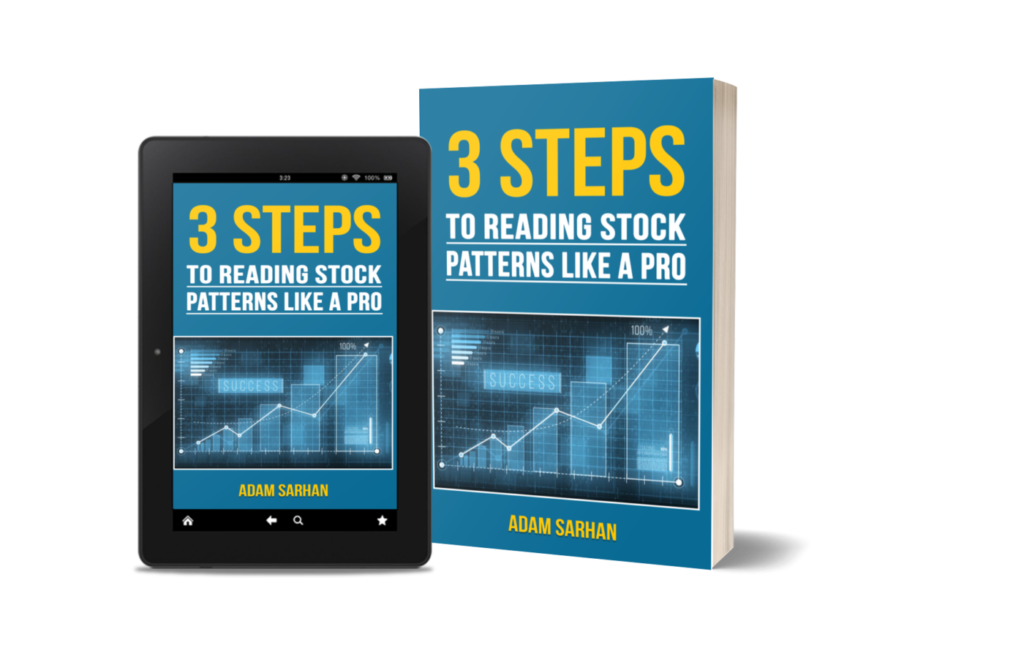8 Trading Mistakes You Must Avoid
Here is a list of eight mistakes that most of us make on the road to becoming a successful stock trader. Avoid these and you will be well on your way.
1. Failing to Limit Losses
I have not yet met someone who is always right in the stock market.
What does that mean?
That means you and I are going to be wrong some of the time!
What is important is what we do when we are wrong. When the stock market shows that your analysis was incorrect… sell! Move on, get out, forget about it. Small losses won’t hurt you, using hope to justify holding a loser will.
2. Averaging Down
 Averaging down on a loser is buying more at a lower price, hoping a potential bounce gets you out without a loss.
Averaging down on a loser is buying more at a lower price, hoping a potential bounce gets you out without a loss.
The danger of this strategy is that it actually a lot of the time! You just keep averaging down until the market reverses… However, when it fails to work, and you keep buying into a stock’s bungee jump that fails to bounce, you can lose everything. Without capital preservation, you are just a spectator.
3. Buying in to Emotion
It is tempting to buy more of a stock that is moving quickly higher. It is important to remember that when everyone is doing this, investors will inevitably pay too much. A simple rule is to not buy stocks that have run away from their trend line. You can buy stocks that have momentum, just wait for them to pull back to the trend line and buy them on short term weakness. Never chase.
4. Believing in Public Information
The stock market is efficient. It prices in all available information. That means the news release that you are reading has no value. The annual report has no value. So long as the general public has the same information as you, your decisions based on that information will provide random results.
5. Selling on Pull Backs
 It is easy to be nervous with our winners because the feeling of having a winner turn into a loser is not a nice one. So, we tend to sell our winners too early, getting out at the first sign of weakness to lock in the profit and give ourselves the congratulatory “you never go broke taking a profit” speech.
It is easy to be nervous with our winners because the feeling of having a winner turn into a loser is not a nice one. So, we tend to sell our winners too early, getting out at the first sign of weakness to lock in the profit and give ourselves the congratulatory “you never go broke taking a profit” speech.
You have to maximize gains and learn to distinguish between the minor pull backs that are part of long term, money making trends and actual trend reversals. A trade is not successful until you have doubled your risk.
6. Taking Too Much Risk
Emotion is the enemy of the trader. Cold hearted people, or at least those who do not care about the risk of the trade, are the best traders. To make sound decisions, you cannot risk more on a trade than you are willing to lose. If you do, you will break your trading discipline and avoid selling losers when you are wrong or sell your winners too early.
7. Going Against the Mood of the Market
It is not easy to paddle a canoe up a river and against the current. It is also not easy making money on a stock when the mood of the market is against you.
When considering a stock, I always first assess who is in control of the stock, buyers or sellers. To make money, you either have to trade with the group that is in control or pick the point where control changes from one group to another. Don’t go against the mood of the market.
8. Trade Probability, not Possibility…
I remember an advertisement for a lottery, it said, “Think of the Possibilities!.”
…What if the lottery company suggested we think of the probabilities? We have all heard that we have a better chance of getting struck by lightning than picking the right numbers to win the lottery, but because we think of the possibilities, we continue to buy tickets.
A lot of people approach the market the same way. They may look at a stock and describe all of the things that could happen. How the company could find gold on a long shot mining exploration and how the stock could go rocketing higher. However, when you trade against probability, you are on the path to poverty.
Check out some of these other posts:
- Nicolas Darvas: Lessons from a Trading Legend
- 7 Ways to Take Emotion Out of Trading
- 10 Critical Rules for Investing




